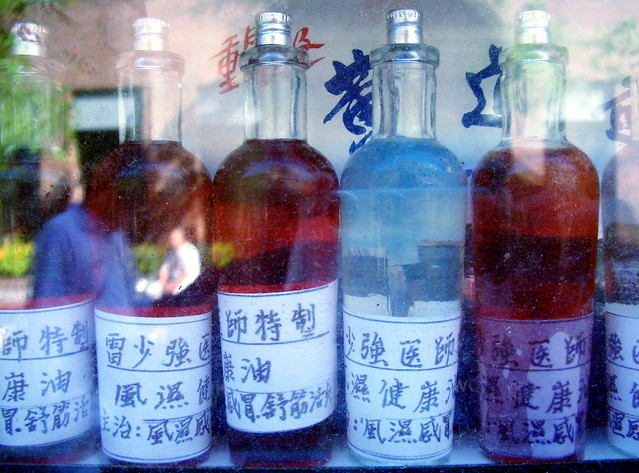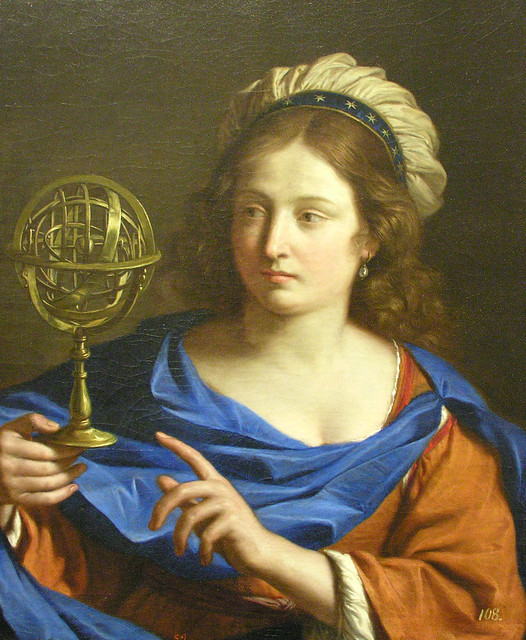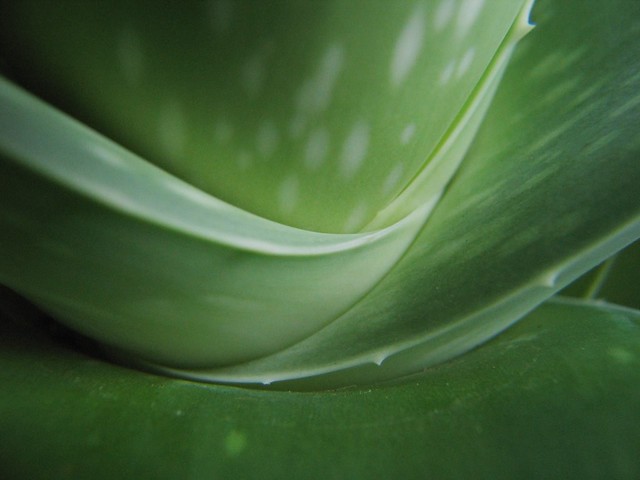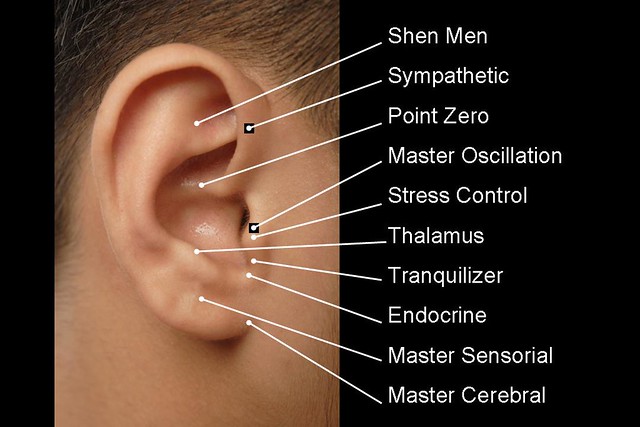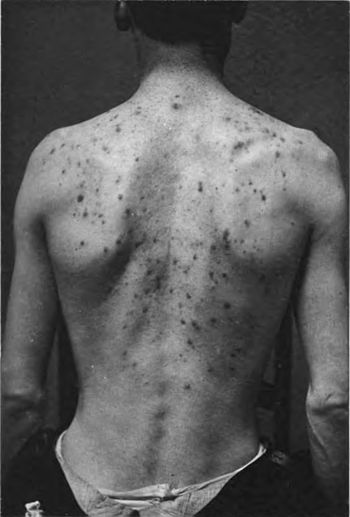 |
| Feng Shui - Photo: Pixabay |
To apply this practice means having to recognize the relationship between man and the environment he lives in. The key to this practice is locating the all-important qi by arranging objects inside or outside of your home or even your office space so that qi continuously flows freely in the space thereby producing a positive impact in different aspects of your life. This ancient practice and belief are still being applied today and here are some methods where the art of balance and harmony can make a difference in a person’s life.
Using the Five Phases Method
The five phases method relies on the five elements or phases of fire, earth, metal, water, and wood. These elements interrelate with each other through a creation cycle where fire produces earth, earth produces metal, metal produces water and water produce wood. Each element also corresponds to a particular direction where water is placed in the north, fire is the south, east is wood, west is metal and earth is the center.
The best way to apply this method is to make sure that your room or the space you live in has a balance of all these elements to produce good qi otherwise too much of a particular element might go against the other elements and produce harmful qi instead.
Using the Flying Stars Method
Probably the most difficult method to apply Feng shui is the flying star method which takes into account the date your house or office was built, a detailed floor plan and the outside environment of the place. It is similar to having a birth sign in astrology only this time it’s your property’s birth sign.
Although this method can be complex, it is the most accurate of methods and usually done by master practitioners of the craft. What this method aims to achieve is to harmonize your space by finding out the best elements to enhance it and the elements that need to be avoided.
Using the Eight Mansions Method
The most popular application of Feng shui is the eight mansions method or the Ba Zhai. This method requires you to calculate your Kua number based on your birth date. This will help you determine your auspicious direction because each Kua number corresponds to a particular direction.
This method aims to find out which directions are good for you and which to avoid. It also helps you find out if you are compatible with that particular area you’re living or staying in. Finding out the best direction for you and enhancing that space can help you become more productive in terms of career, relationships, health, and luck.
Feng shui-Proof Your Life
Testimonies of the benefits of this ancient practice are many and its effectiveness can be traced from ancient times otherwise this practice would not have survived today. The concept is simple and everyone can benefit with some semblance of balance and harmony in their lives. It’s just a matter of recognizing the value of qi and making sure everything in your surroundings brings you peace.

